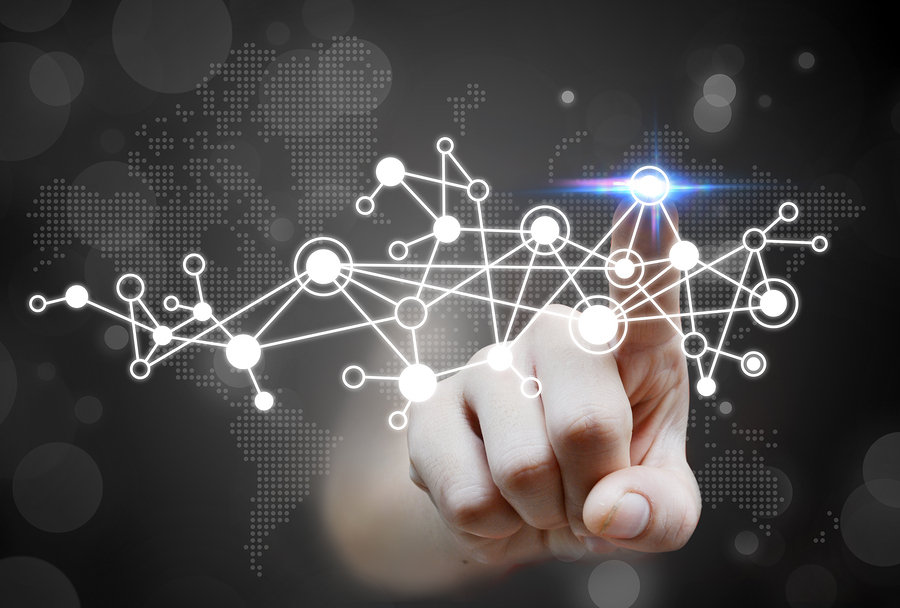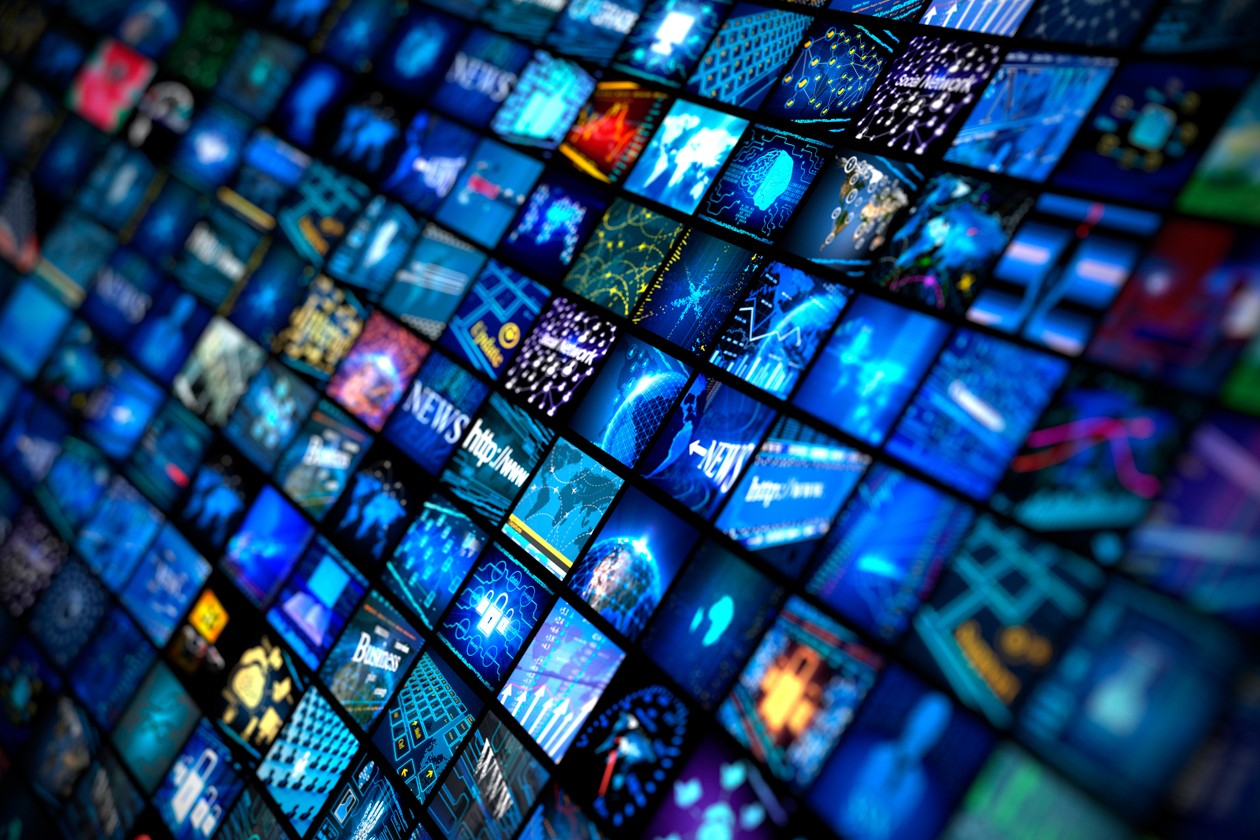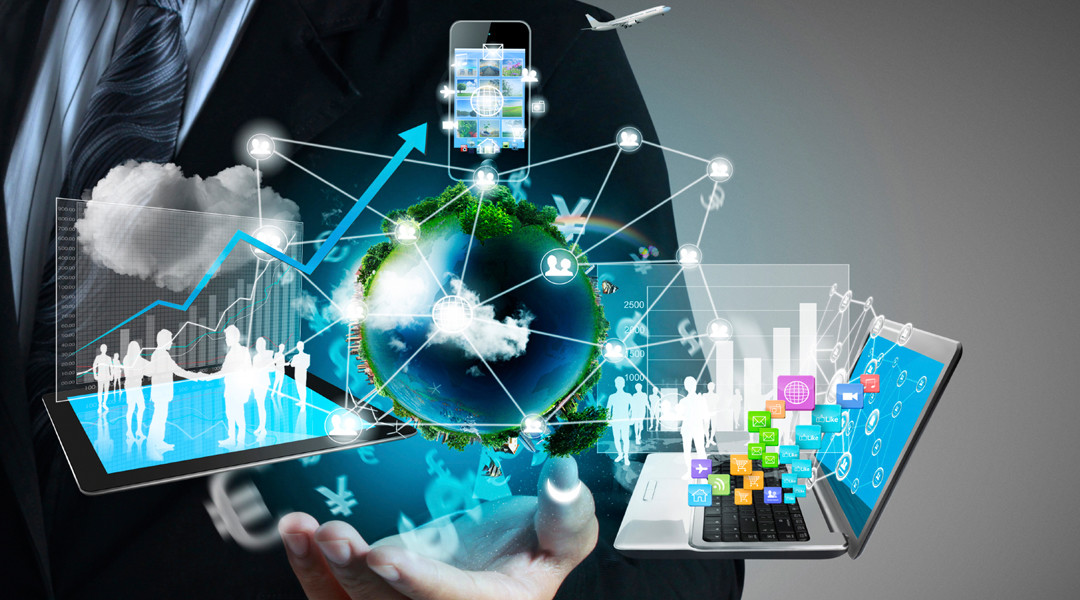The IT Industry is a leading, and forever growing industry. It progresses rapidly every year by bringing innovative and revolutionary technology and services to our businesses and house-holds – creating a snow-ball effect; the more innovative and ground-breaking the technology is, the greater the consumption. To add to the snow-ball, each year, there are significant numbers of new Tech start-ups opening their doors, further evolving the technology trends and the associated rate of change.
So what type of trends do we expect in 2017? Whether you are starting a business or thinking about how you can leverage new technologies to enhance your business operation, or become more competitive and appealing to clients, here are the top five technology trends to keep an eye on:
1. Internet of Things
The Internet of Things (IoT) is becoming the most mentioned topic in conversation, either in the workplace or outside of it. This concept has massive potential to influence our daily life, plus the way we work.
IoT is a concept that references anything with an on/off switch connecting to each other, via the internet. This includes computing devices, smart devices, physical devices, cars, washing machines, wearable devices, light bulbs, and almost anything you can think of.
According to analyst firm Gartner, by 2020 there will be over 26 billion connected devices worldwide, and some of the firms estimate the number will increase even over 100 billion.
The biggest technological companies on the market such as: Google, Amazon and Apple, are already getting involved and bringing knowledgeable user experiences.
The new rule for the future is going to be, “Anything that can be connected, will be connected.” But why on earth would you want so many connected devices talking to each other? There are many examples for what this might look like or what the potential value might be. Say for example you are on your way to a meeting; your car could have access to your calendar and already know the best route to take. If the traffic is heavy your car might send a text to the other party notifying them that you will be late. What if your alarm clock wakes up you at 6am and then notifies your coffee maker to start brewing coffee for you? Let’s say your office equipment knew when it was running low on supplies and automatically re-ordered more? Supposing the wearable device you used in the workplace could tell you when and where you were most active and productive and shared that information with other devices that you used while working?
On a broader scale, the IoT can be applied to things like transportation networks: “smart cities” which can help us reduce waste and improve efficiency for things such as energy use; this helping us understand and improve how we work and live.

2. Augmented reality (AR) and Virtual Reality (VR)
The most successful example of AR in the recent past was the game “Pokémon Go”, with over 100 million downloads last year. As we can see, people have already happily accepted and adopted AR or VR elements into their daily lifestyle. Pokémon Go was a significant step forward in the world of AR and VR technology in 2016. It has established a new benchmark for the AR/VR tech space and has demonstrated practical application of the technology into everyday life. Collectively, this creates a whole new suite of opportunities to tech businesses to deliver new products, and every day businesses to evolve and become more appealing and competitive, in terms of the delivery of their products and services.

3. Automation
Automation has proven to be a popular topic over the past 5 years, and its traction accelerated year on year, and is expected to continue to do so. For obvious reasons such as, reduced human error, the rate of processing, cost savings, competitive advantage etc.
Automation typically begins in an organisation with the automation of singular workflows. This quickly manifests into integrating workflows within an organisation, and then expands into other businesses to improve B2B operations.
With the rate of growth and popularity of Automation, it has also brought upon us a new workforce and jobs. Automation is seen to evolve over the coming 5 years, where it will inter-twine with machine learning, again evolving the industry and workforce even further.

4. On-Demand
Nowadays, people have become used to having everything available to them on demand. Let’s consider a brand like Uber, and how much it influences our daily routine. The market offers many other online applications available for use, for instance: food deliveries, housekeeping services, and even a place to stay for the night.
As more and more businesses move toward subscription based models, they will also move toward demand based service models, and they will look to technology trends to become a key enabler of the service model.

5. Cloud Migration
According to Statista, the estimated the growth of public cloud infrastructure and software is in excess of $173 billion by 2026. With the investment in cloud solutions delivering benefits such as reducing the total cost of ownership (TCO) of IT, increased capacity to become scalable on demand, increased productivity, and improved operations and collaboration, it is a key component for businesses to become agile in fluctuating markets.
For IT Service Providers to remain relevant to their customers, they will need to reinvent their businesses to operate around, and compliment, the cloud model. With the rate of consumption of cloud services increasing over time, it can prove to be very detrimental to service providers that leave this evolution until later.
For the interest of long-term partnerships and attaining long-term value, consumers should choose to partner with service providers that have already evolved, have demonstrated some evolution, or have a compelling plan to evolve into the cloud space.


